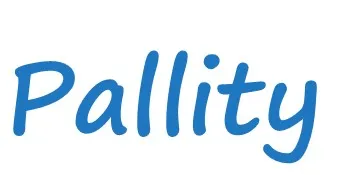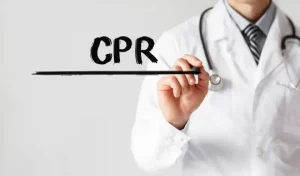Advance directives and physician/medical orders for life-sustaining treatment (POLST or MOLST) forms go hand in hand for guiding your care and ensuring your wishes are followed. A POLST goes beyond the scope of a DNR. Think of it as the Cliffs Notes of what you do and do not want in the event you land in the hospital or have an emergency at home. A POLST informs EMS, fire, police, and emergency room personnel of your wishes.
Think of your care in an emergency as a football field. On the one end is full treatment, where you want the care team to throw the kitchen sink at you—chest compressions, CPR, intubation, ventilator—everything at their disposal. On the other side of the football field is comfort measures only, where you only want to do things that are going to make you comfortable such as oxygen, pain medication, intravenous fluids, and antibiotics. In essence, you do not want to do anything that would prolong the dying process. As you can imagine, the field is very large and in between full intervention and comfort measures only, is limited intervention. With limited intervention, you pick where you want to draw your line in the sand and say “I want you to go this far and that’s it.”
The most important question that we ask on the POLST form has to do with CPR. And the reason it is the most important is because either the team does it or they don’t, and they only have a few minutes after your heart has stopped to make that intervention meaningful. It’s like being pregnant, you either are or you aren’t. There is no halfway.
The question of CPR is probably the hardest one for patients to answer and the one you need to spend a lot of time talking about because emergency intervention can involve a lot of very invasive things that are somewhat traumatic to the body: chest compressions, installing an airway, helping you breath, and this is on top of whatever caused your heart to stop and the fact that your brain was deprived of oxygen no matter how briefly. CPR doesn’t work that way in real life like it is portrayed in Grey’s Anatomy or ER. You are not going to walk out of the hospital the next day looking like a contestant on America’s Next Top Model. So, the question you have to ask is, “What am would the team be bringing you back to do?” Your underlying condition really informs whether that intervention is appropriate and helpful, or whether it prolongs suffering and is harmful.
Like your advanced directive, your POLST needs to be periodically reviewed if your care goals or treatment preferences change. You can find out more about POLST in your state, including who needs to sign the form and your state’s registry, at https://polst.org/state-programs/
Because POLSTs are medical orders, you need to complete yours in consultation with your physician. When completed, your physician signs off on the form and you keep the original document with you. If you have a smartphone, you’ll also want to photograph your POLST and store the image in your phone’s health notes or in a health information app. To help first responders access it quickly, use your phone’s emergency information feature to enable access from the lock screen.


